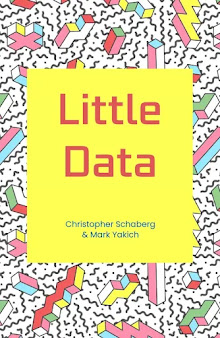Amid the numerous allusions and references to past musicians, actors, and styles in Gay Talese's recent New Yorker article about Lady Gaga recording with Tony Bennett ("High Notes," September 19), I was struck by a more subtle aesthetic echo: the uncanny, Hemingway-esque dialogue that unfolds between Gaga and Bennett. The exchanges of "I'm having a good time." "Good."—and "We can do it until we're very happy with it." "Everybody's happy...Happy faces!" (with accompanying whiskey, for Gaga)—could be taken right out of The Sun Also Rises. As is well known, such language in Hemingway's narratives usually hints at the presence of malaise—even terror—right under the surface of any given scene. In terms of Gaga and Bennett in the present moment, their dialogue is curious because it suggests a return of modernist anxieties. Given the upcoming elections, the stalled economy, nostalgia for an earlier (fantasy) moment of the nation, and the boisterous lack of confidence in the current administration, it is no wonder that such ambient tremors would find their way (if unconsciously) into the production enclaves of commercial art and culture.
Of course, strains of American Modernism were also trying to make things new. Would that were the case for today's modernists. One dreams of an alternative New Yorker article in which Lady Gaga decides to collaborate with the Obama re-election campaign rather than on a Tony Bennett duets album. In this dream article, instead of drinking whiskey alone, Gaga would have a beer with Obama and then get to work, gearing her talents and mass appeal toward real change—which takes time, patience, and sustained collective effort as well as dynamic individuals.
skip to main |
skip to sidebar

An English professor's notes on airports, writing, & fly-fishing

- Christopher Schaberg
- Director of Public Scholarship Washington University in St. Louis












